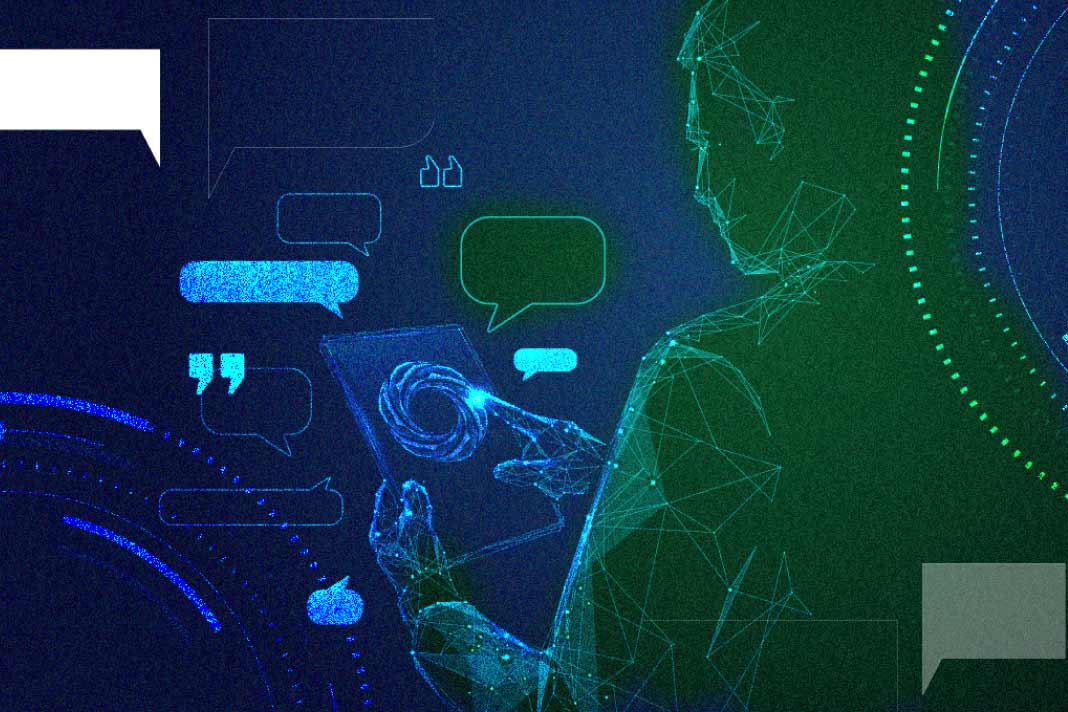Explore chatbots, their workings, and applications. Learn the difference between rule-based and AI-powered chatbots and the future of conversational AI.
What is a chatbot?
A chatbot is a computer program simulating a conversation with humans via text or voice. They are often used to provide customer service or answer frequently asked questions. There are two main types of chatbots:
- Rule-Based Chatbots: These chatbots follow predefined rules to respond to user queries. They are relatively simple to create, but they can be limited in their ability to understand complex questions.
- AI-Powered Chatbots: These use artificial intelligence (AI) to understand user queries and generate responses. They can be more complex and nuanced in their responses and learn and improve over time.
Also Read: Explained: Underfitting
How does an AI-based chatbot work?
AI-powered chatbots use various technologies to understand your messages and respond naturally. Here is a breakdown of the key components:
- Natural Language Processing (NLP): NLP helps the chatbot understand the meaning behind a user’s words. It analyzes keywords, phrases, and the overall context of the message a user sends.
- Intent Recognition: Using NLP, chatbots try to identify the intent behind your message.
- Machine Learning: This allows the chatbot to constantly learn and improve. By analyzing past conversations, the chatbot refines its ability to understand and respond to future requests.
- Response Generation: Once the chatbot understands the intent, it searches its database for the most relevant response. Chatbots can sometimes generate new responses on the fly using creative text formats.
How are chatbots and conversational AI related?
Chatbots and conversational AI are closely related but different. Here’s how they connect:
- Conversational AI Is The Engine, Chatbots Are The Cars: Conversational AI technology allows machines to understand and respond to human conversation. It includes technologies like NLP, machine learning, speech recognition, and (in some cases) generative AI. Think of conversational AI as the engine that powers a car.
- The Future Of Chatbots Is Conversational AI: As conversational AI develops, AI-powered chatbots will become even more sophisticated and capable. They will be able to handle more complex conversations, learn from interactions, and provide a more natural user experience.
Also Read: Explained: GPT
What are some typical examples of chatbots?
Chatbots come in all shapes and sizes, depending on their purpose and use cases. Here are a few common examples:
- Customer Service Chatbots: These are probably the most familiar type. They are often found on company websites or social media pages, ready to answer your questions about products, orders, or troubleshooting problems.
- Virtual Assistants: Think Siri, Alexa, or Google Assistant. These AI-powered chatbots live on your smartphone or smart speaker and can answer your questions, complete tasks like setting alarms or making calls, and even control your smart home devices.
- Shopping Bots: Several retailers use chatbots to help you find products, compare prices, or even complete your purchase. These chatbots can be integrated into their website or messaging apps.
- Entertainment Chatbots: Chatbots are designed for fun and social interaction. These might include chatbots you can play games with, practice conversation with, or even get advice from.
- Informational Chatbots: These chatbots provide specific information or complete tasks. For example, a university chatbot might answer questions about admissions, or a healthcare chatbot might help a user schedule an appointment.



